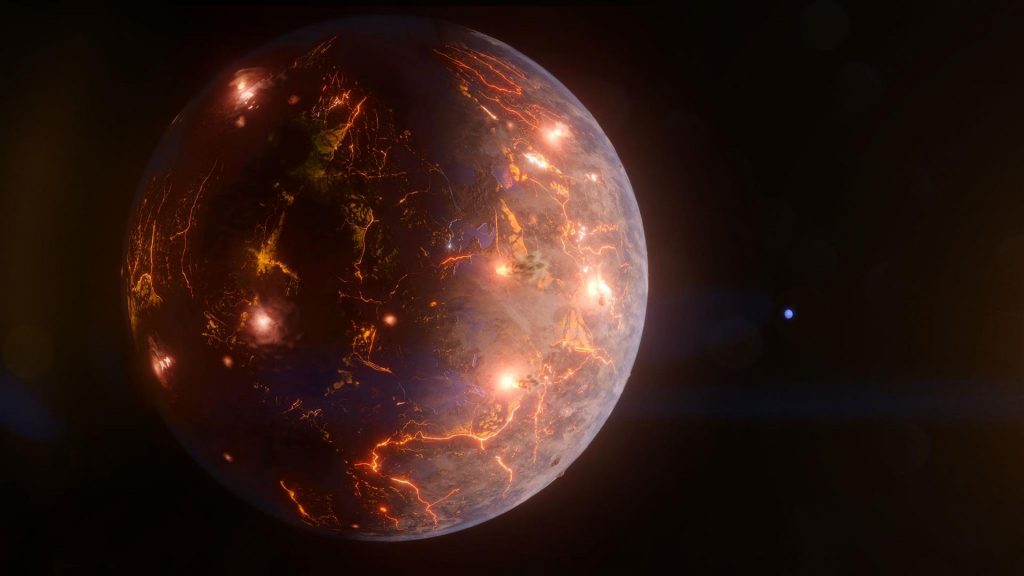Scientists have discovered a new planet similar in size to Earth. Located a mere 90 light-years away from us, this celestial body has been found within our cosmic neighbourhood. What is more intriguing and exciting about this discovery is that scientist say there is the possibility that it could harbor life.
Designated as LP 791-18d, this exoplanet was detected through meticulous observations carried out by NASA’s Transiting Exoplanet Survey Satellite (TESS) and the retired Spitzer Space Telescope, both from space and ground-based platforms.
LP 791-18d revolves around a small red dwarf star in the Crater constellation, situated in the southern celestial hemisphere. By analyzing the time, it takes for the planet to complete its orbit, scientists estimated its mass, taking into account the gravitational influence exerted by other planets in the system.
“Only a small proportion of the exoplanets discovered so far are thought to be able to support life,” said Karen Collins, a co-author of the study that details the findings. “Our discovery of LP 791-18d gives us more hope that we might one day find signs of life on another planet.”
Based on their calculations, astronomers determined that LP 791-18d is only slightly larger and more massive than Earth. Interestingly, the planet is tidally locked, meaning one side always faces its star while the other remains in perpetual darkness.
Consequently, the star-facing side is too hot to support surface water. However, scientists speculate that extensive volcanic activity across the planet might sustain an atmosphere, allowing water to condense on the dark side of LP 791-18d.
Located at the inner boundary of the habitable zone, often referred to as the “Goldilocks zone,” LP 791-18d enjoys conditions that are neither excessively hot nor too cold, creating the potential for liquid water to exist on nearby planetary surfaces. Prior to this discovery, astronomers were already aware of another planet in the same system, LP 791-18c. This outer planet surpasses planet d in terms of size and mass.
As planet c periodically approaches planet d, its gravitational pull causes planet d’s orbit to become elliptical. Consequently, this elliptical orbit slightly distorts planet d, generating internal friction that significantly heats up its interior and leads to volcanic activity on the surface. A similar phenomenon is observed with Jupiter’s moon, Io.
Scientists have obtained approval to examine planet c’s atmosphere using the James Webb Space Telescope and are eager to include planet d in their research endeavors.
“This discovery is just a first step,” said Collins. “With the potential to continue studying this planet with the James Webb Space Telescope, we will be able to fine-tune our observations and learn more about the planet’s likely volcanically fueled atmosphere. Future discoveries will help us understand how the ingredients of life might have come to be on worlds other than our own.”

